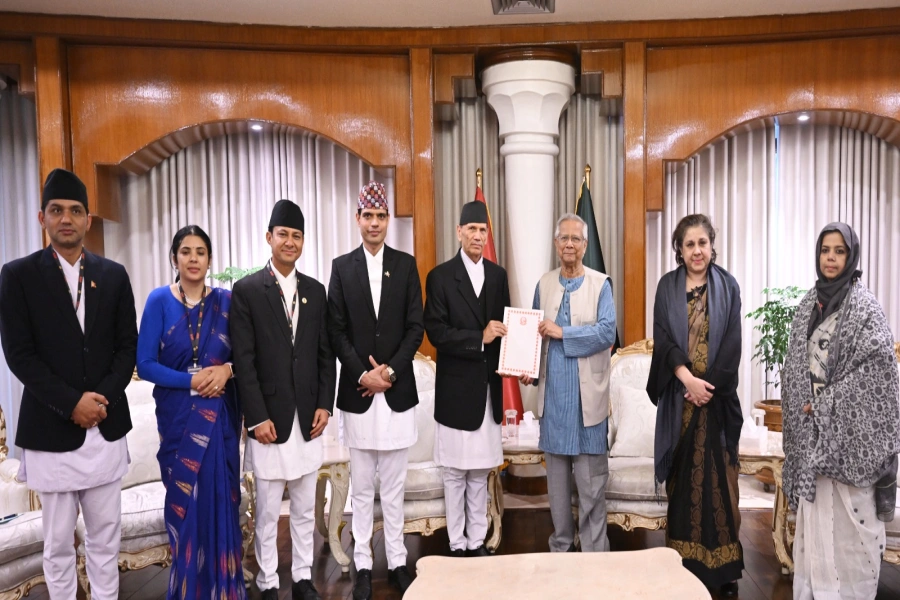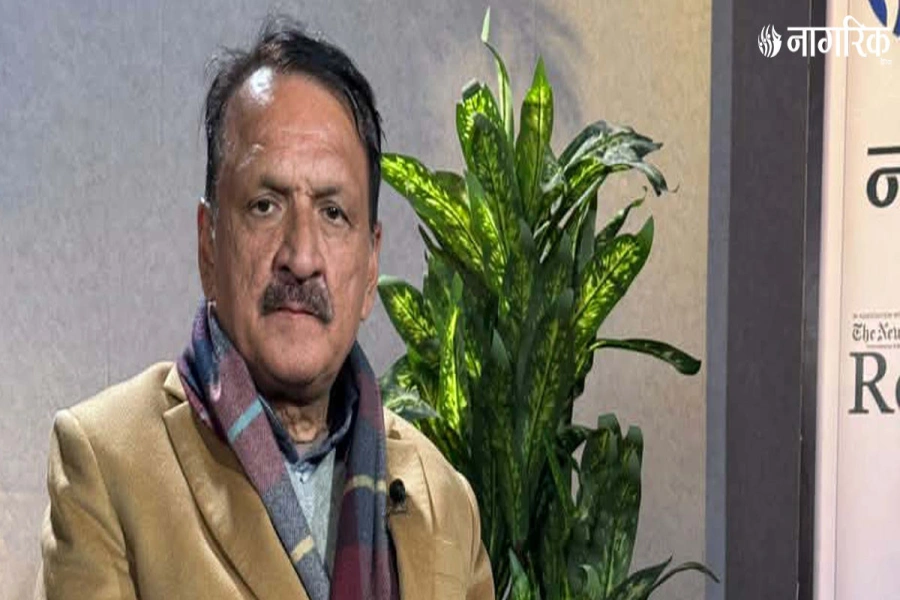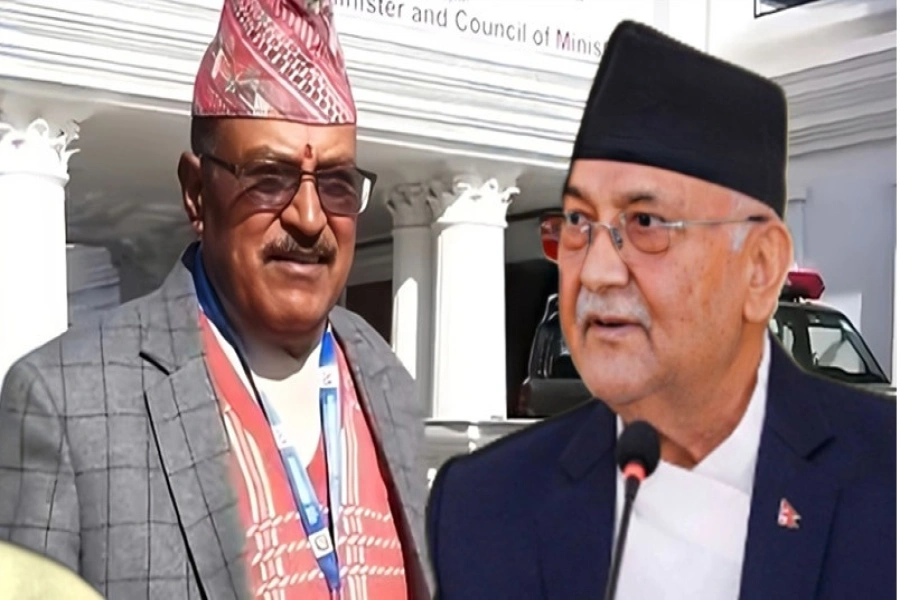Under the decentralized federal structure, we need additional human resources at office of Chief Secretary
When Leelamani Paudyal was chosen Chief Secretary of Government of Nepal in 2012, a number of secretaries resigned by saying that Paudyal was junior-most and probably incapable candidate for the top job. This incident was a continuation of what had been happening for many years in Nepal’s administrative history. The current Chairman of the Public Service Commission Umesh Mainali and an appointed member of parliament Janak Raj Joshi had also resigned in 2010 by saying that Madhav Ghimire was not senior enough to lead the civil service. Paudyal has been regarded as the most influential CS but controversies surface every time new CS is appointed in Nepal.
The position of Chief Secretary was not as familiar as it is now in the past. It was merely confined in the premises of Singh Durbar, guarded by police staff with a gun, and surrounded by dozens of senior civil servants at the secretariat. The king would decide who should be Chief Secretary. So this post was regarded as one of the most powerful and influential portfolios in Nepal’s public administration. This article discusses why appointment process of CS remains controversial and why the government should consider redefining the role and responsibility of this position in the upcoming structure of public administration.
The CS has twofold conventional role—to coordinate among ministries to ensure consistency and harmony in implementing public policies, and to work as a member-secretary of the cabinet. The CS is also supposed to work as a bridge among the ministries. The CS has failed on this front, as has been acknowledged by previous former so-called successful chief secretaries. Regardless of the provision in the Good Governance Act, the actual role a CS plays in coordinating the implementation of public policies has remained ineffective. There is no evidence to justify that role of CS as articulated in Good Governance Act and Civil Service Act has been instrumental in ensuring the successful implementation of public policies.
The second and, perhaps, the most crucial function of Chief Secretary is to submit proposals to the cabinet for decision. Although the proposals are expected to be submitted through the office of Chief Secretary in the recent years ministers themselves have started to directly submit their sectoral proposals to the cabinet. Ministers accuse Chief Secretary of lacking necessary skills and expertise on the subject matter and therefore, they argue, they are obliged to bring the proposals on their own. This is partly true because the CS secretariat is not equipped with the expertise required to analyse each and every single proposal that is forwarded by the ministers to the cabinet. The CS, on the other hand, criticizes the ministers for undermining the rules and values of the civil service. So what should be done?
We need to arrange for additional human resources at Secretariat of Chief Secretary. In the long term, especially in light of the fact that the country is shifting from a central administrative apparatus to a more decentralised federal structure, this position needs to be the focus of both administrative and political reforms. Let me propose some measures.
The responsibility of the CS will be huge in the federal system of governance. The Chief Secretary will have to coordinate not only among federal ministries and agencies but also with the state-level public administration. The office of CS will have to deal with the political appointees and the elected representatives such as Chief Minister at the state level. Thus this post will require additional attributes to empower the position holder. He cannot remain a mere civil servant.
One of the prominent functions the CS has been handling is coordination within the executive organs of the government. While a permanent secretary working at the Office of Prime Minister and Council of Ministers (OPMCM) can be assigned this simple task, the roles of CS must be increased, preferably to the degree to which s/he can influence the coordination process across executive, legislative and judiciary. Currently, there does not seem to have any public portfolio in Nepal’s public administration that has the roles to coordinate among these intergovernmental wings. We need to create one.
Often the ministers and, sometimes even the Prime Minister, have complained that bureaucracy has been single obstacle to attain development objectives. This is partly true. In light of such dissatisfaction over the public administration, we need to appoint an expert as Chief Secretary instead of promoting a secretary to that post. Since the government has to mobilise bureaucracy to implement its policies, only an appointed CS can effectively lead entire civil service towards achieving the desired goals.
Finally, we need to redefine the roles of Chief Secretary in the changing context of governance. It should not be viewed as a regular bureaucratic position. If we look at other federal countries (forget about what happens in India), the CS is mostly appointed each time the new government is formed. Let it be so here as well. It might sound like another recommendation for bureaucratic instability, but in reality it won’t contribute to it.
Women at work

The author is a PhD candidate at the University of Canberra, Australia







































